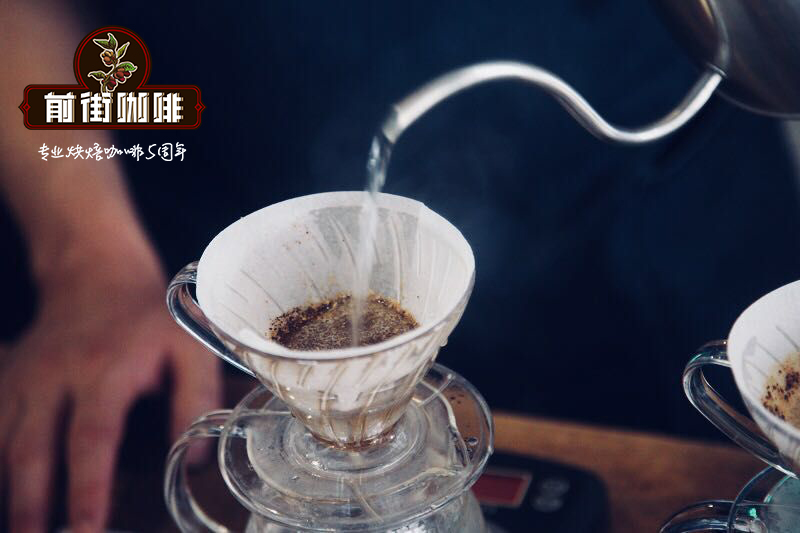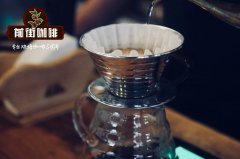COE # 11 Water washing treatment of Malakadura seed in the Manor of Bueno Aires, Nicaragua

Professional coffee knowledge exchange more coffee bean information please follow the coffee workshop (Wechat official account cafe_style)
Qianjie-introduction of Maracadura species in the Manor of Buenos Aires, Nicaragua
Nicaraguan coffee cultivation and production has a unique environment, the spread of fertile volcanic ash soil, coupled with shade planting methods, to establish a good production quality, the coffee here has a rich mellow and fragrant taste, moderate acidity and bitterness excellent balance, in the eyes of international coffee experts as top grade. Planted with volcanic ash and shaded trees, it produces high-quality Nicaraguan coffee with a mediocre, soft and slightly sour flavor. Nicaraguan coffee has the largest bean shape of all coffee beans.
In Arabica coffee, there are hundreds of what we call variants, which have unique qualities in flavor, size, color, productivity and disease resistance. Maracadura (Maracaturra) is a cross between Kaddura, famous for its productivity and balanced flavor, and "elephant beans" (Malago Rippi), which is famous for its high-quality coffee, and is commonly found in coffee-producing areas of Nicaragua and El Salvador.
"Elephant beans have large grains and a well-balanced taste, without the distinct acidity of other Central American coffee, but have a clear taste, excellent aroma and round and soft texture, but the disadvantage is that the yield is very low. It was crossed with Kaddura in order to improve the productivity and quality of coffee beans. Maraka Dula coffee beans are not only eye-catching in the shape of beans, but also unforgettable in their complex taste.
Nicaragua Dilpito Buenos Aires Maracaturra Washed
COE # 11 Water washing treatment of Malakadura seed in the Manor of Bueno Aires, Nicaragua
Flavor description:
Cantaloupe, caramel, apple, almond,
Bright, white tea, black Jiali, wine aroma,
Orange tail rhyme, rich layers and lime flavor
The acidity is grapefruit, green grape and malic acid.
Knowledge expansion: elephant beans (Maragogype), with its soft texture and super-large particles, are the largest in the world. It was first discovered in 1870 in the producing area of Marago Gippe in the state of Bahia in northeastern Brazil, hence its name.
END
Important Notice :
前街咖啡 FrontStreet Coffee has moved to new addredd:
FrontStreet Coffee Address: 315,Donghua East Road,GuangZhou
Tel:020 38364473
- Prev

Introduction to the flavor of strawberry jam treated by 1700m sun exposure of Kaduai in Don K Manor of Panama
Professional coffee knowledge exchange more coffee bean information please follow the coffee workshop (Wechat official account cafe_style) front street-Panama Bogut Don K Manor Panama Bouquete Kotowa Don K Natural Panama Don K Manor Kadouai species 1700m sun treatment flavor description: dry aromas of wine, strawberry, peach and citrus. When sipping, enter
- Next

Nicaraguan Hope Manor Alexandria small Farmer's introduction to washed Fine Coffee
Professional coffee knowledge exchange more coffee bean information please follow the coffee workshop (Wechat official account cafe_style) front street-Nicaragua Hope Manor Alexandria small farmers washing introduce Nicaragua's climate the eastern plain is high-temperature and rainy, belonging to the tropical oceanic climate, many volcanoes and lakes. In the coastal lowlands of the west, the precipitation is obviously less than that of the east, and there are dry and wet seasons, so it belongs to tropical grass.
Related
- Beginners will see the "Coffee pull flower" guide!
- What is the difference between ice blog purified milk and ordinary milk coffee?
- Why is the Philippines the largest producer of crops in Liberia?
- For coffee extraction, should the fine powder be retained?
- How does extracted espresso fill pressed powder? How much strength does it take to press the powder?
- How to make jasmine cold extract coffee? Is the jasmine + latte good?
- Will this little toy really make the coffee taste better? How does Lily Drip affect coffee extraction?
- Will the action of slapping the filter cup also affect coffee extraction?
- What's the difference between powder-to-water ratio and powder-to-liquid ratio?
- What is the Ethiopian local species? What does it have to do with Heirloom native species?

